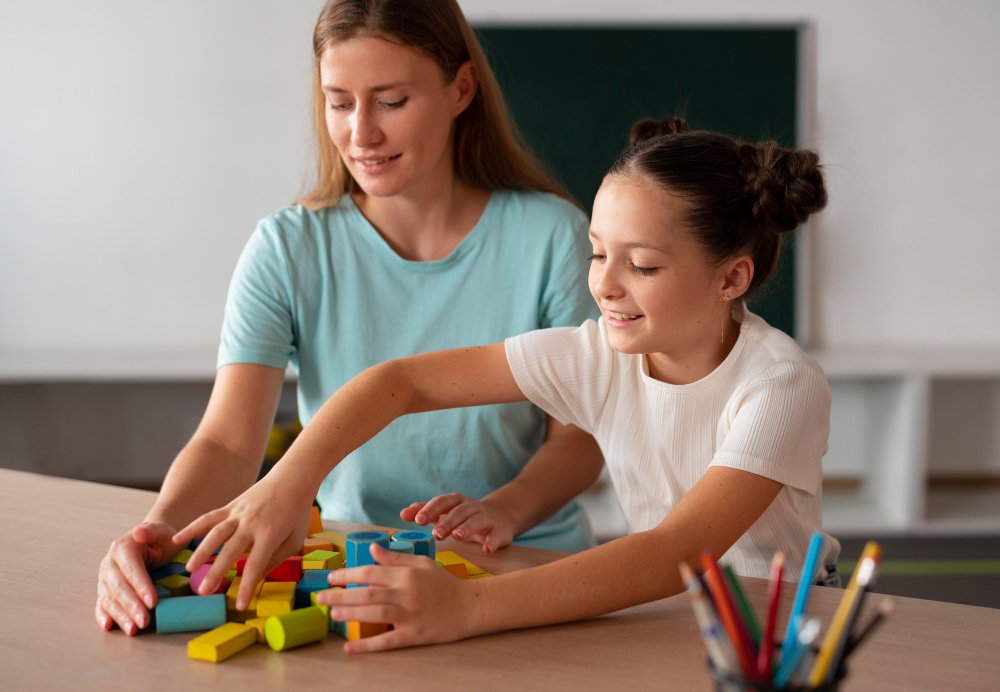Sensory Integration

- To provide the right kind of sensory stimulations for normalizing the sensory systems
- Tactile
- Vestibular
Proprioceptive Corporative, auditory and visual
- Sensory integration is the process of organizing analyzing, and integrating sensory information from the body and environment.
In short, this is about how our senses interpret, analyze, and react to information that enters our ears, or not. Sensory integration is necessary for every daily job we have to perform, including eating, moving around, learning, working, and getting dressed.
- better motor planning skills, self-regulation, improved function in the home, community, and classroom; increased independence with ADLs; optimal functional ability to carry out everyday and recreational activities; and modulation of sensory systems.
- Creating customized home programs that are realistic, well-planned, and predicated on the idea that regulated sensory input can impact functional capacities is known as a sensory diet.
The two ways that the sensory diet therapy plan addresses sensory defensiveness are by using sensation in a therapeutic manner within the framework of daily activities:
(1) the recognition and inclusion of sensory-rich activities that are most likely to decrease protective habits into daily routines; (2) alterations to the environment that improve optimum functioning and decrease interruption.
The cornerstone of the sensory diet is regular provision of sensory-based activities.
The exercises are selected to highlight proprioception, deep pressure, and movement as examples of sensory inputs.
- In addition, other techniques (including oral and respiratory) can be employed, especially to achieve and preserve arousal state management.
- When implementing this program, it’s critical to consider an activity’s ability to induce adaptation as well as the potential duration of its behavioral effects.
- Short activities that offer a particular kind of sensory input are possible, or play, leisure, or work activities might be used to adapt.
- In order to encourage optimal performance and minimize disturbance, the sensory diet also incorporates environmental adaptation.To lessen the anguish and discomfort that frequently accompany everyday routines (such as dressing, bathing, and transitions), for instance, adjustments are routinely made. These changes may include sensory exercises that are done beforehand or simply changing the patterns that involves these activities are done.
- Caregivers are additionally shown how to create predictable routines and predictable environments by minimizing sensory stimulants such as sounds, scents, and visual distractions.
- These recommendations need to be tailored to each person’s specific challenges.
Weighted blankets, swinging, brushing, deep pressure, massage, joint compression, vestibular stimulation, and methods based on auditory integration. Play-based therapy sessions may involve the use of toys like swings, trampolines, and slides. Therapies including deep pressure, brushing, weighted vests, and swinging are also used in sensory integration.
Sensory integration is important in all the things that we need to do on a daily basis, such as getting dressed, eating, moving around, socialising, learning and working. Sensory information is received from our senses, which include: Vision, Auditory, Touch, Proprioception, Vestibular, Gustatory, Olfactory and Interoception senses. If there’s any issue with the sensory integration process the child will have a reduced performance in the day to day routines and functioning of the child.
